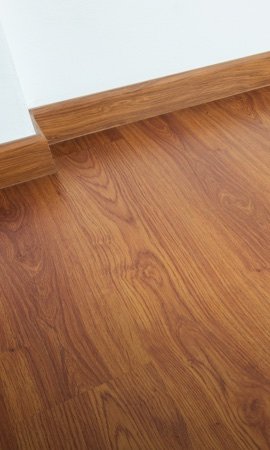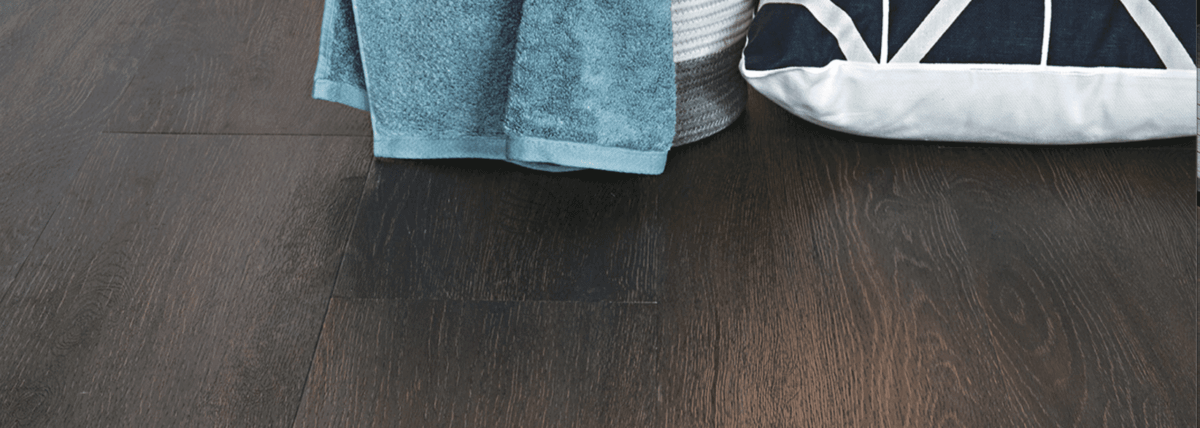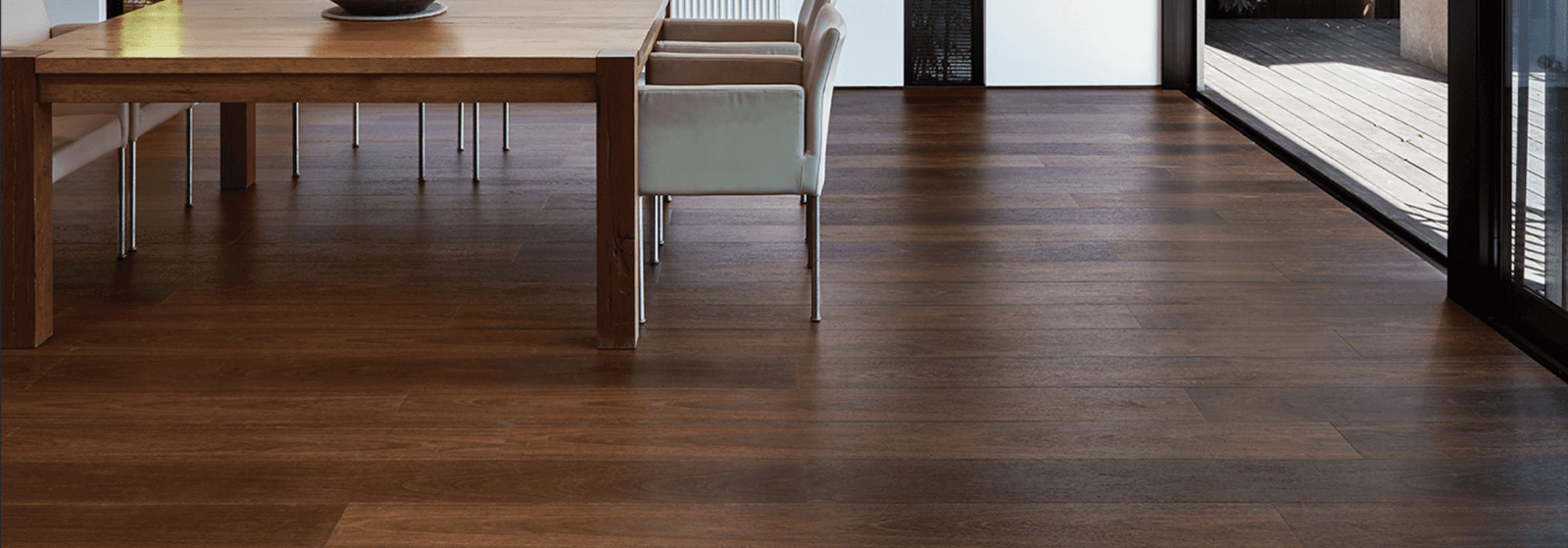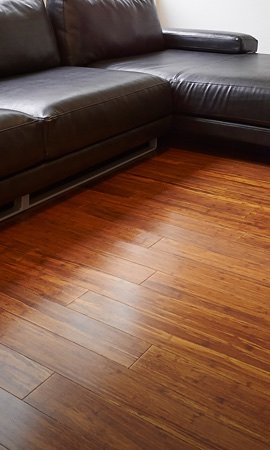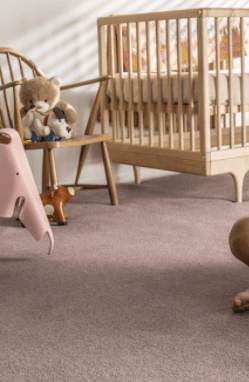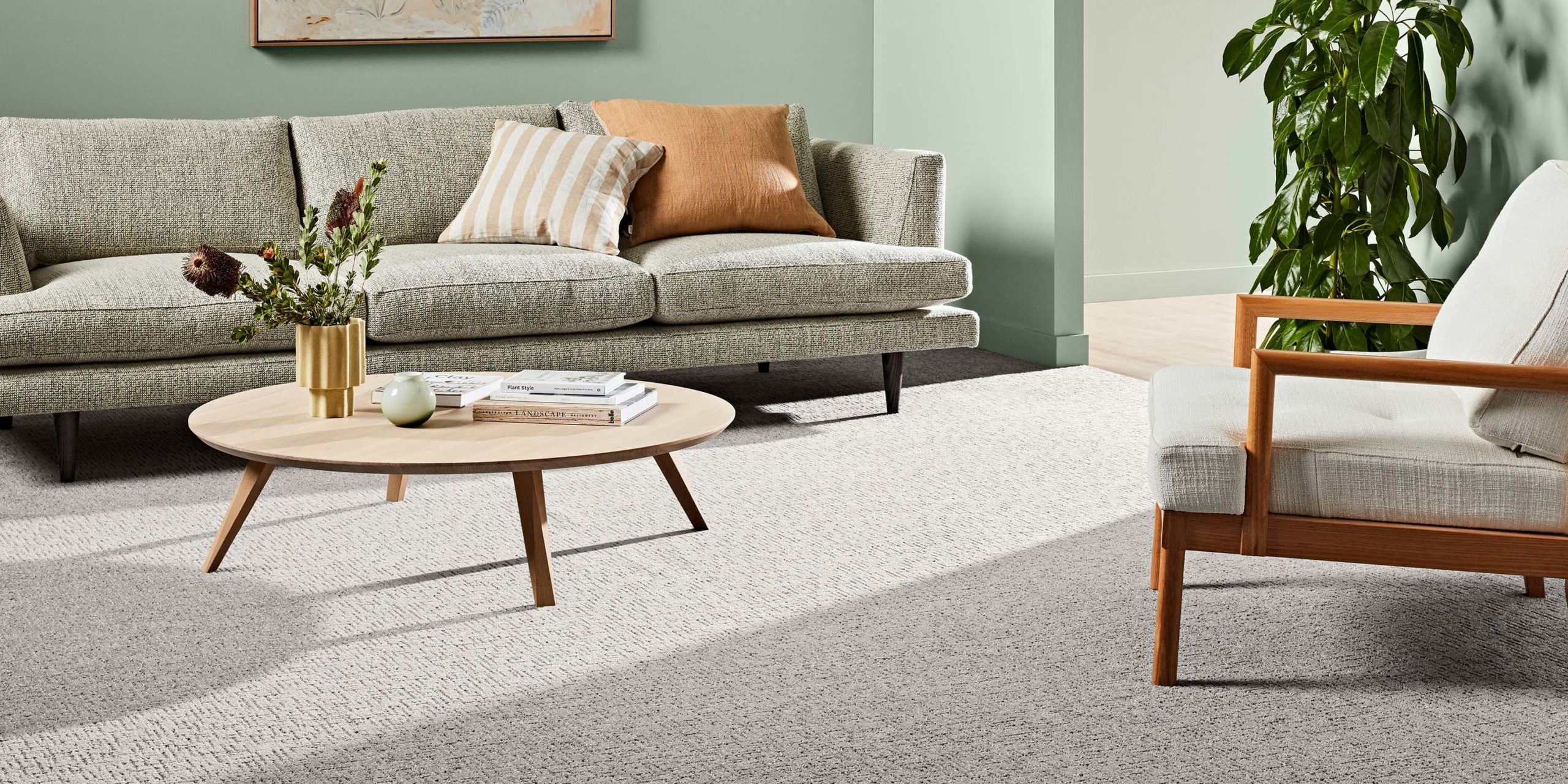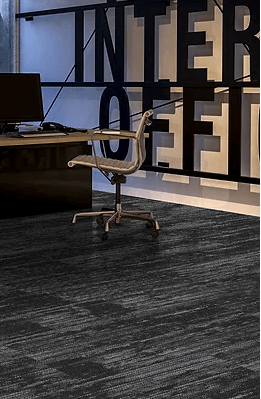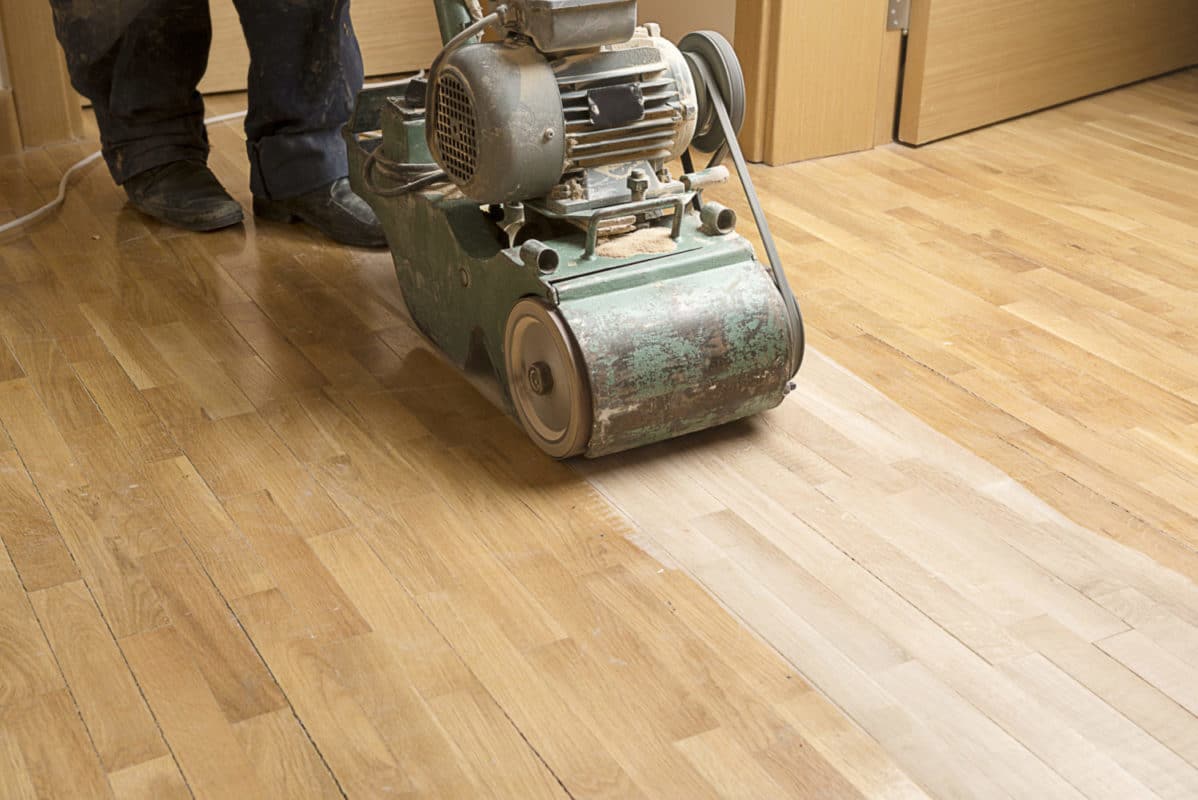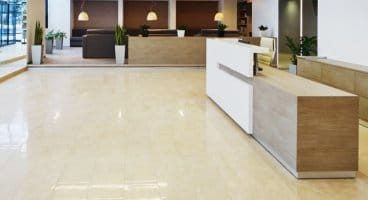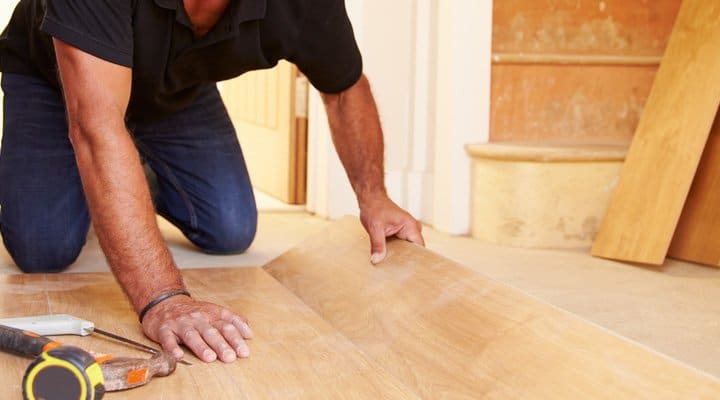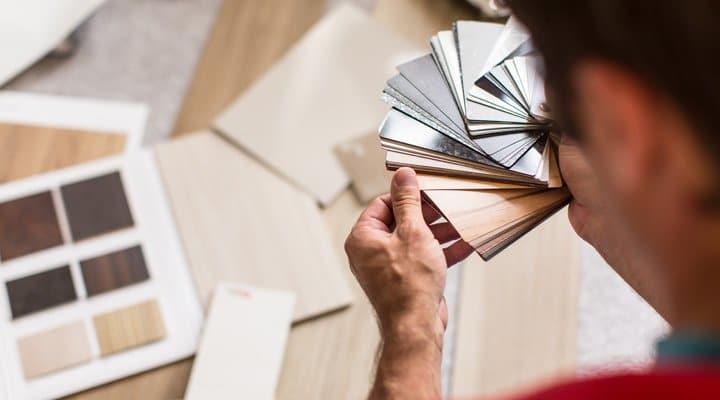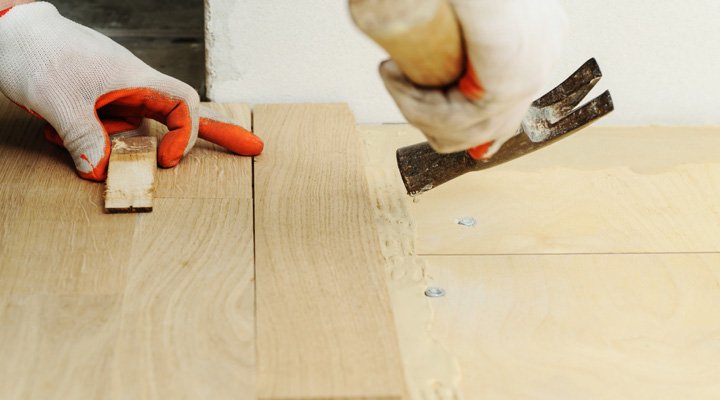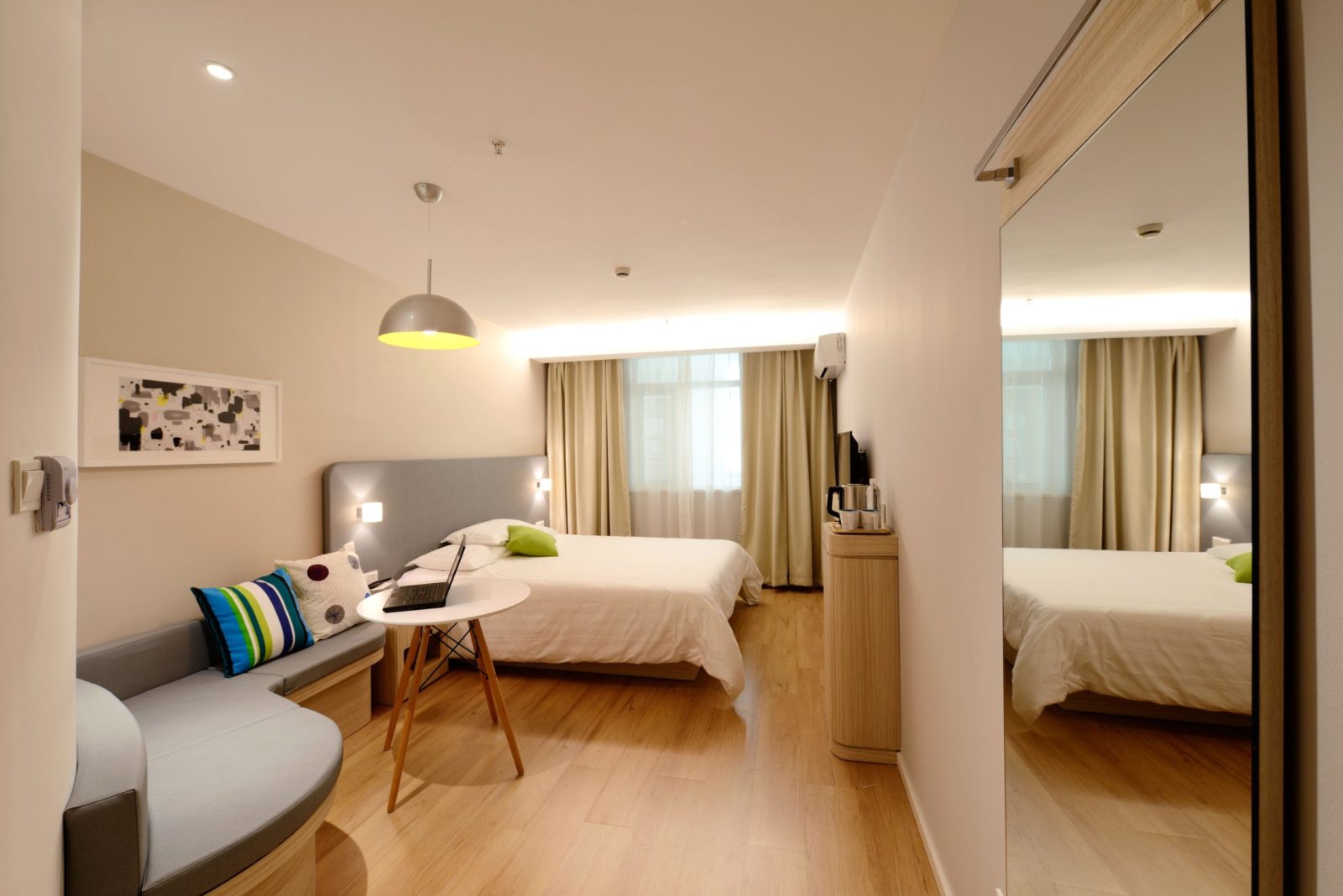

14 Aug What to Consider When Choosing a Timber Species for your Floor
The species of your timber floor is a critical factor in determining how great it looks in your space, as well as how long it will last. Whether you’re choosing a solid timber floor or an engineered timber floor, the most important consideration is the timber species.
In this article, we’ll take you through the 4 main considerations in choosing a timber species that’s right for you, and show you some of the most popular species of timber amongst Australian buyers in the 2020s.
1) Colour
Different species of wood naturally exhibit different colours depending on their environment and chemical composition, such as the warm, earthy tones of jarrah, or the cool, neutral colours found in American white oak. There’s a wide range of things to consider when choosing your perfect floor colour, so we’ve created a flooring design and colour guide.
However, it’s important to note that although the overall colour of the floor will be determined by the species of timber, there can be a very wide variation of colour within single species and even single floorboards.
Colour variation within a species depends on factors such as the age of the tree, and from what part of the tree the floorboards were sourced from. Younger trees have a lighter colour compared to older trees. Meanwhile, the sapwood of a tree – that is, the outermost portion – can be much lighter than its adjacent heartwood.
Because timber floors naturally vary in colour, it’s important to note that the product supplied may differ to that in the showroom. It’s worth going to reputable, long-standing suppliers such as FloorVenue to ensure that you get what you’ve been promised.
2) Hardness
The hardness of your selected species of wood will determine its longevity and resistance to the rough-and-tumble of everyday life.
For timber species, hardness is measured through the Janka rating. The higher the number (measured in either newtons (N) or kilonewtons (kN)), the greater the hardness of the wood, and the more durable you can expect it to be.
(If you’re interested in how the rating is measured, it’s the force required to push an 11.28mm steel ball halfway into the wood, giving a number to the timber’s resistance to drops.)
3) Price
As each timber species comes from a different tree species (some of which may be more difficult to source), the cost of each timber is different. Some timber floors are affordable at $50 / sqm, while others can easily exceed $100 / sqm. This will also depend on factors like the floor’s quality and grading, and whether it has been pre-finished.
4) Grading
in Australia, timber flooring is graded to Australian Standards depending on the extent of natural marks and features such as colour variation, knots (also known as burls, and caused by broken-off tree branches), gum veins (deposits of tree sap), and trails of insects (which can leave traces from eating the timber). Choosing between these grades is purely personal preference, and does not impact the strength or longevity of the floor.
At the cleaner and more expensive end, ‘Select’ grade timber has a low level of marks and other natural characteristics, which is suitable for when you’d like to have a uniform, minimalistic floor that really brings out the grain of the timber.
‘Standard’ grade timber is an increasingly popular option which includes a few natural features and interesting variations. This grade can come in longer lengths compared to ‘Select’ grade, and is the industry standard for floors.
On the other end of the spectrum, ‘feature’ grade timber (also known as rustic grade, or character grade) really brings out the natural (and beautiful) imperfections of timber. This grade incorporates a high level of natural features, and is usually the most affordable option.
The Most Popular Timber Floors in the Australian Market
| Timber Species | Floor Colour | What will it look like in my home? | Description |
| American White Oak | Abbey | Abbey | With its creamy yellow-brown tones, American White Oak is a unique option if you’re looking beyond native Australian species. The delicate grain of this hardwood is ideal for light and minimalist designs, although it has a relatively low Janka hardness and is not termite resistant.
Janka Hardness: 6.0 kN |
| Timber Species | Floor Colour | What will it look like in my home? | Description |
| American White Oak | Abbey | Abbey | With its creamy yellow-brown tones, American White Oak is a unique option if you’re looking beyond native Australian species. The delicate grain of this hardwood is ideal for light and minimalist designs, although it has a relatively low Janka hardness and is not termite resistant.
Janka Hardness: 6.0 kN |
| Australian Beech | Boral | Boral | A classic Australian favourite, Australian Beech is a fine-grained hardwood that ranges in colour from pale shades of creamy brown to a warm golden hue. Often used for woodworking, Australian Beech is quite neutral and matches well with most types of furniture.
Janka Hardness: 7.5 kN |
| Blackbutt (Coastal) | Abbey | Abbey | Blackbutt is a durable and termite-resistant hardwood that is grown in Eastern New South Wales. A commonly available species, it features colour variations that range from pale cream to a golden-brown, with tinges of pink.
Janka Hardness: 9.1 kN |
| Blackbutt (New England) | Abbey | Abbey | New England Blackbutt sports warm, nutty hues of cream and brown within its straight-running grain. This durable hardwood has more natural features and colour variation than its coastal counterpart, and is also termite-resistant.
Janka Hardness: 9.1 kN |
| Blue Gum | Abbey | Abbey | Blue Gum is a widely forested straight-grained hardwood that has pink to red-brown hues. Although it’s not termite resistant, its Janka hardness is quite high, meaning that it is durable enough to last for years to come.
Janka Hardness: 9.0 kN |
| Brushbox | Boral | Abbey | Brush Box is a durable, termite resistant hardwood that is grown in eastern Australia. It has a fine texture with tones varying from pink-grey to red-brown, and will definitely make a statement in your home.
Janka Hardness: 9.5 kN |
| Cypress Pine | Abbey | Abbey | If you’re looking for a timber floor that really brings out the natural features of wood, Cypress Pine is a great option. This pale yellow, termite-resistant softwood contrasts with the dark knots that naturally occur in wood, and has a unique smell when freshly sanded or installed.
Janka Hardness: 6.5 kN |
| Forest Reds | Boral | Boral | Forest Reds is a unique mix of various warm-toned Australian hardwoods. This floor is imbued with sunset-like tones that range from pink to red, and is very hard and durable.
Janka Hardness: 9.0 kN |
| Grey Box | Abbey | Abbey | Grey Box is a termite-resistant hardwood with a fine texture and a pale brown appearance. It’s termite resistant and incredibly hard, so it’s ideal for high-traffic areas and pairs well with many designs.
Janka Hardness: 15.0 kN |
| Grey Gum | Abbey | Abbey | Grey Gum is an extremely hard and durable hardwood that has a similar look to Grey Box and Ironbark. Grown in NSW and QLD, Grey Gum is termite-resistant, and has a red-brown appearance with a coarse grain.
Janka Hardness: 14.0 kN |
| Grey Ironbark | Abbey | Abbey | With a coarse texture and interlocking grain, Grey Ironbark is a hardwood that lends a refined, classical air to your space. It ranges in colour from grey to brown to red, differing on where it’s grown. It’s also termite resistant and extremely hard-wearing.
Janka Hardness: 14.0 kN |
| Jarrah | Abbey | Abbey | Jarrah is a classic Australian hardwood grown only in south-west Western Australia. It has distinctive rich red-brown tones that add warmth to any room, and is also termite resistant.
Janka Hardness: 8.5 kN |
| Kauri Pine | Abbey | (cannot find) | Kauri Pine is a foreign softwood that grows primarily in South East Asia, and sourced from India. It features a consistent tan colour which darkens with age, but it’s not termite resistant and is very soft compared to other species of wood.
Janka Hardness: 2.7 kN |
| Red Gum (Forest) | Abbey | Britton Timbers | Red Gum is a very strong hardwood with large pink-red swirls that bring out the natural beauty of timber. With a coarse texture and interlocking grain, Red Gum is termite resistant and sports a very high Janka hardness.
Janka Hardness: 14.0 kN |
| Red Ironbark | Abbey | Abbey | Red Ironbark is a hard-wearing termite-resistant hardwood with a coarse texture. It brings sunset-like hues to any room with its warm yellow-red tones, and is grown all along the eastern seaboard of Australia.
Janka Hardness: 14.0 kN |
| Red Mahogany | Boral | Boral | The characteristic richness of mahogany is captured beautifully in Red Mahogany. This popular straight-grained hardwood is indigenous to south-east Australia, and grown in Victoria and NSW.
Janka Hardness: 12.0 kN |
| River Reds | Boral | Boral | River Reds is another mix of various timber species that harmoniously come together to exude warmth. With colours of pink to red-brown, River Reds is a popular choice for both indoor and outdoor flooring.
Janka Hardness: 7.5 kN |
| Rose Gum (Flooded Gum) | Abbey | Abbey | Rose Gum (also known as Flooded Gum) is a hardwood with soft pink-brown tones that really show the natural charm of timber. This timber is not termite resistant, and occasionally features natural scribble patterns on its surface, caused by the scribbly borer.
Janka Hardness: 7.5 kN |
| Silvertop Stringybark | Abbey | Abbey | Silvertop Stringybark is a stable and durable Australian hardwood that has neutral honey-like tones. Silvertop Stringybark is not termite resistant, but matches well with many home designs.
Janka Hardness: 9.2 kN |
| Snowy River Gum | Abbey | Abbey | Snowy River Gum has a unique grain with straw to blonde tones. Grown in south-east Australia, this timber is ideal for staining, but is not termite resistant.
Janka Hardness: 7.5 kN |
| Southern Beech (Brownbarrel) | Abbey | Abbey | A hardwood grown in south-east Australia, Southern Beech features a consistent pale brown with slight pink tinges. It’s not termite resistant, but has a relatively high hardness and durability.
Janka Hardness: 6.4 kN |
| Spotted Gum (NSW) | Abbey | Abbey | If you’re looking for a timber that covers a wide spread of tones, look no further than Spotted Gum. This exquisite hardwood ranges in colour from sandy pink-browns to olive undertones, and has a distinctive wavy grain. This floor is also termite resistant and highly durable, so it’s a great example of the variety that timber floors have to offer.
Janka Hardness: 11.0 kN |
| Spotted Gum (QLD) | Abbey | Abbey | Visual variety is the name of the game for Spotted Gum, and the Queensland variant has darker tones compared to its NSW relative, whilst retaining its broad range of tones. This durable, termite-resistant hardwood has an interlocked grain, and colours which vary from pale grey-brown to rich chocolate.
Janka Hardness: 11.0 kN |
| Tallowwood | Abbey | Abbey | Tallowwood is a hardwood grown in eastern Australia, with unique undertones of yellow-brown to olive green and visible growth rings. This termite-resistant timber is very durable and tough, and resists surface checking, which is roughness that is brought about by changes in moisture.
Janka Hardness: 8.6 kN |
| Tasmanian Oak | Abbey | Abbey | Tasmanian Oak is a versatile hardwood that is popular for floors and furniture alike. It has beautiful creamy brown undertones, but you should note that it isn’t termite resistant, and has a hardness on the lower end for a hardwood.
Janka Hardness: 5.5 kN |
| Turpentine | Boral | Abbey | Despite its name, Turpentine is a lovely rich hardwood that features a unique grain and appearance. With a straight grain and reddish-brown to chocolate colour variations, Turpentine is a termite resistant and highly durable species of timber.
Janka Hardness: 12.0 kN |
| W.A. Karri | Abbey | Abbey | Karri is a Western Australian hardwood with rich red-brown to pink undertones, as well as a coarse texture. It’s not termite resistant, but is highly durable and ages to a uniform brown over the years.
Janka Hardness: 9.0 kN |
Get Your Free Quote on Timber Flooring
Curious about how much timber flooring costs? We’d love to give you a free, no-obligation quotation on the supply and installation of timber flooring – just fill out the contact form below.

